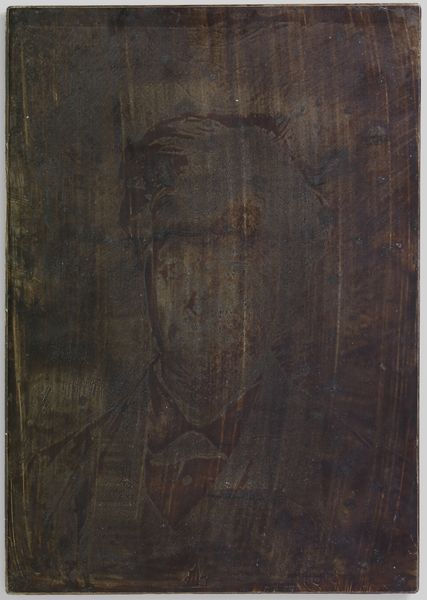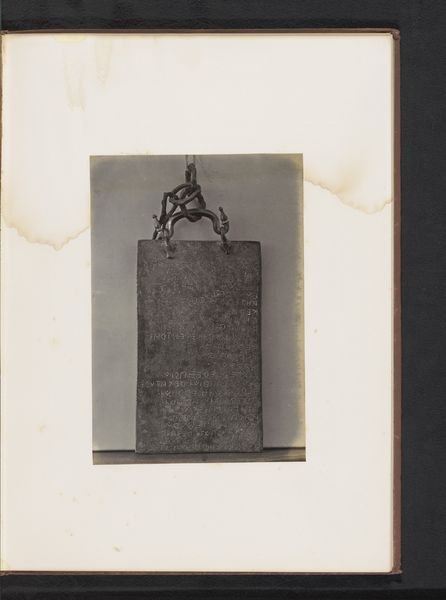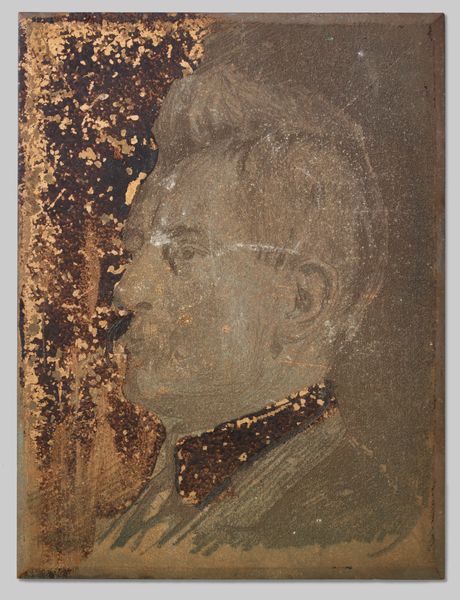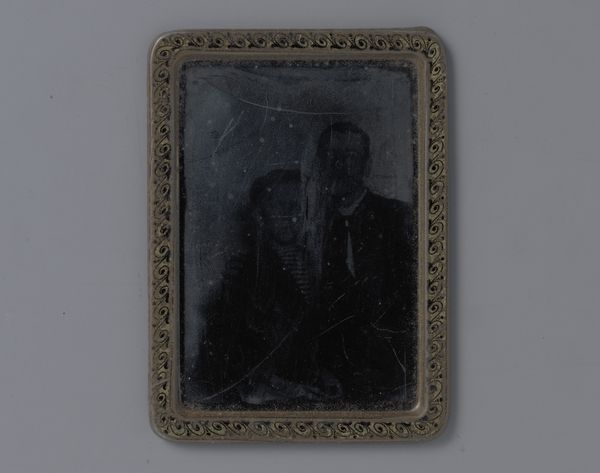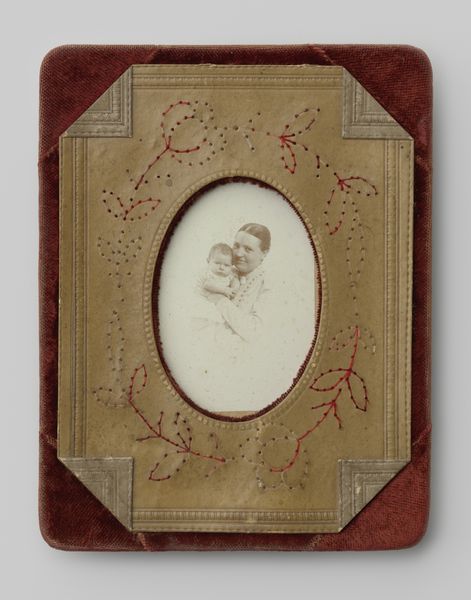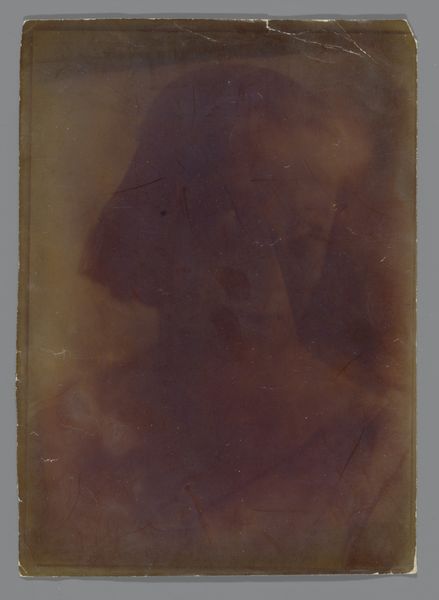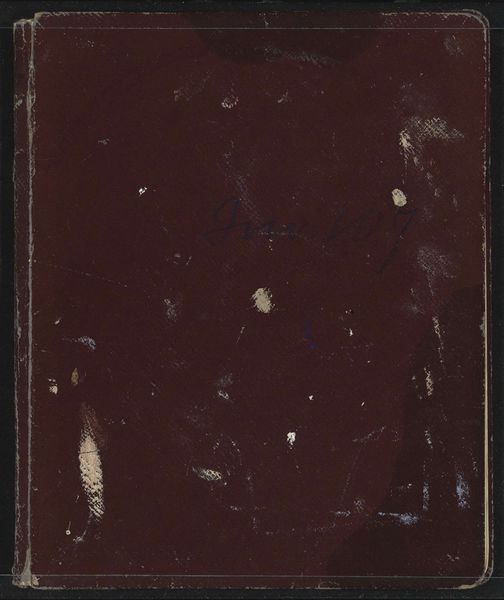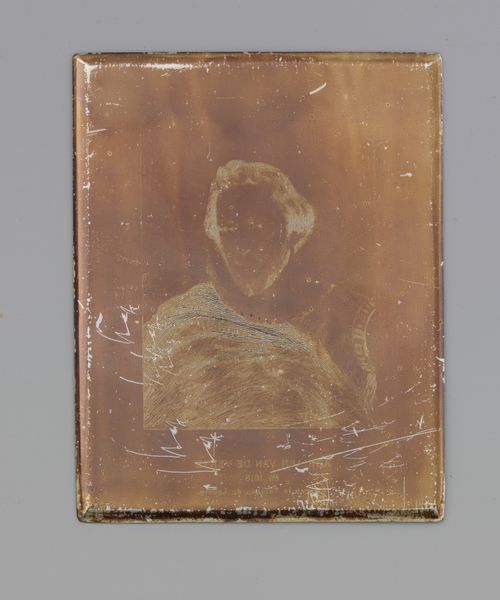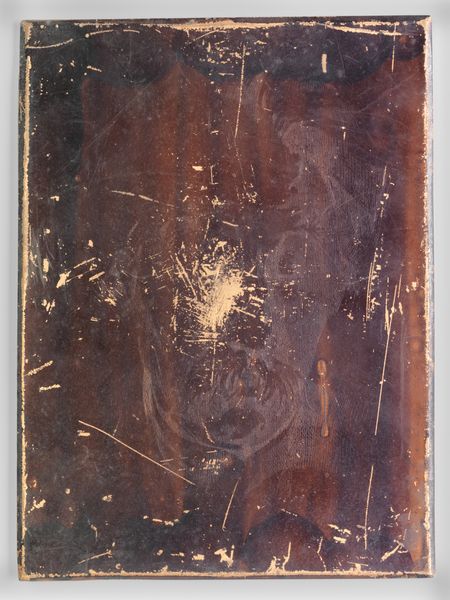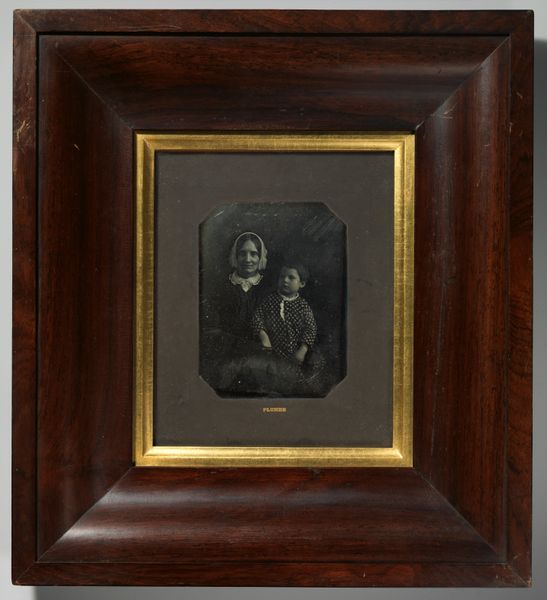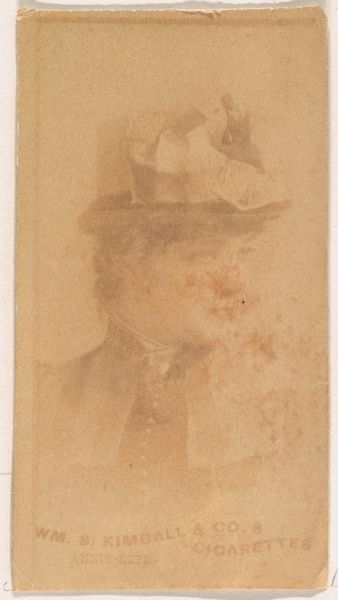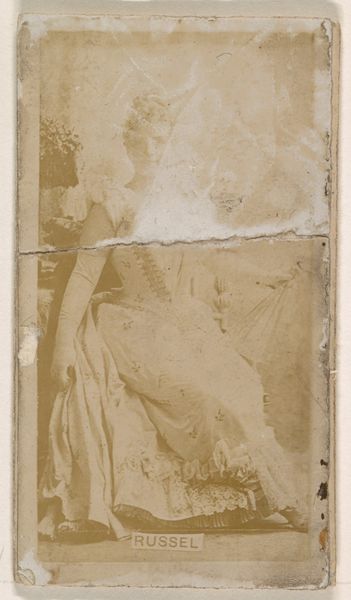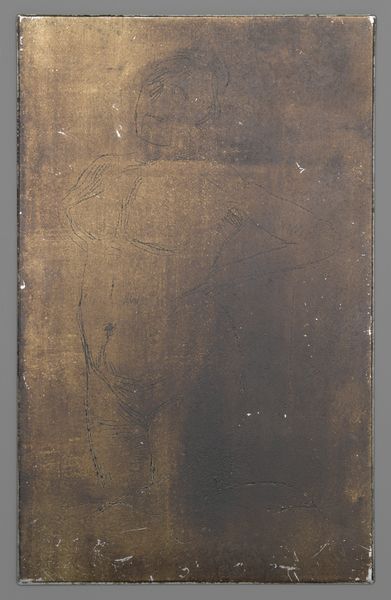
daguerreotype, photography
#
portrait
#
daguerreotype
#
photography
Dimensions: height 203 mm, width 151 mm
Copyright: Rijks Museum: Open Domain
Curator: Here we have a daguerreotype from the Rijksmuseum's collection, "Portret van G.H.F. Elliot Boswel," created between 1842 and 1897 by Christiaan Lodewijk van Kesteren. Editor: Immediately, the thing that strikes me is its almost spectral quality, like a memory surfacing from deep within time itself. The cracked surface heightens that feeling. Curator: The cracked surface you mentioned is not damage but rather integral to its aesthetic value as one of the earliest photographic processes. Consider how new technologies for imaging, and for representing likeness, altered social structures and personal identities during this period. Photographic portraiture, especially in its infancy, offered visibility and commemoration in an unprecedented way. Editor: True, and in terms of composition, observe how the tight framing pushes Boswel's figure forward, emphasizing his presence, while the monochromatic tones reduce him to pure form and texture. It strips him down, yet it elevates. Curator: Indeed. There's an inherent tension present. Photography, like Boswell himself, carries the weight of colonial Dutch society on its shoulders, being intrinsically linked with broader power dynamics related to how, when, and by whom representation is determined and received. Editor: The meticulous attention to detail is almost sculptural. Look at the subtle play of light on his lapels, the faint definition of his tie. Semiotically, each carefully rendered feature serves to construct meaning. His upward, averted gaze certainly infers reflection. Curator: Precisely. Boswel's slightly averted gaze subtly disrupts direct engagement, mirroring the ambiguous societal positioning he and others might occupy given specific class, political, and historical contexts. The image prompts examination of visibility and power during a colonial time, raising questions around identity. Editor: The aging gives it such palpable presence. After a close, formal analysis, the beauty, to me, lies within its formal qualities—light, shadow, shape, tone. The details allow me to find his ghost in the machine. Curator: And hopefully, these questions encourage all of us to engage with visual materials in nuanced ways, recognizing both their aesthetic and ideological complexity. This work offers much more than initially meets the eye.
Comments
No comments
Be the first to comment and join the conversation on the ultimate creative platform.
